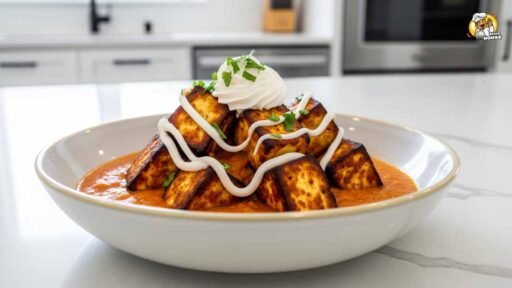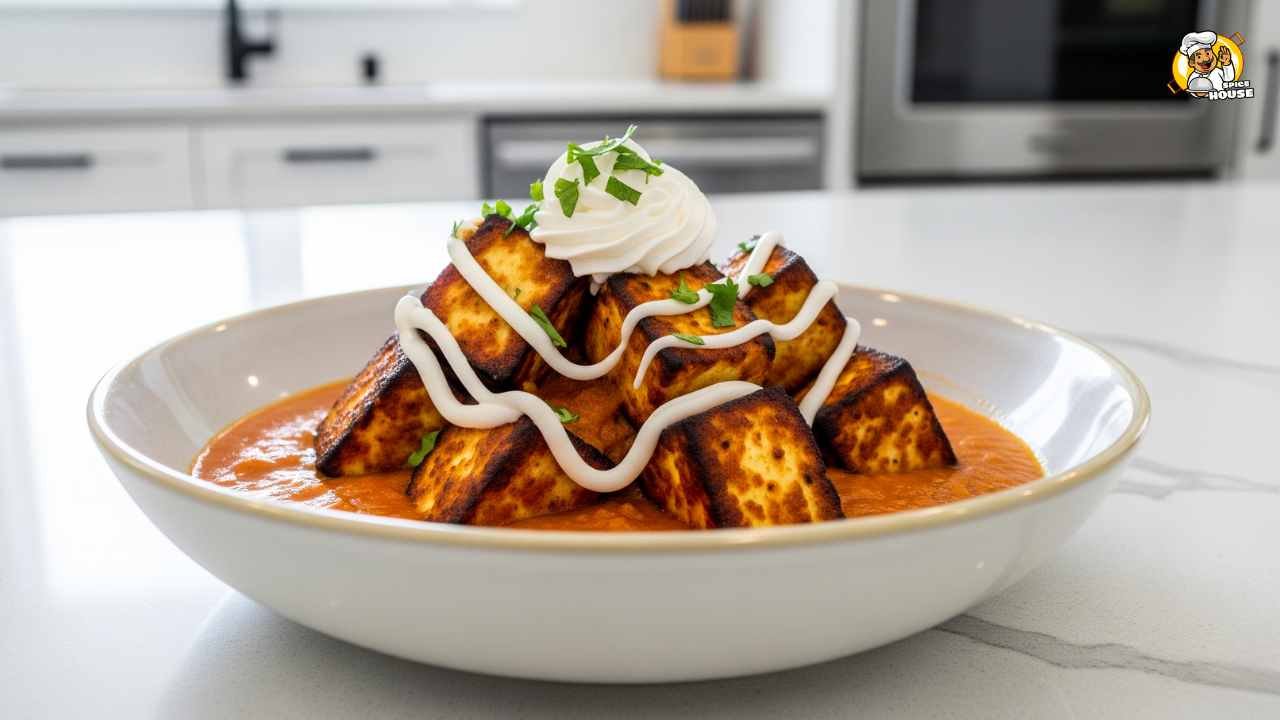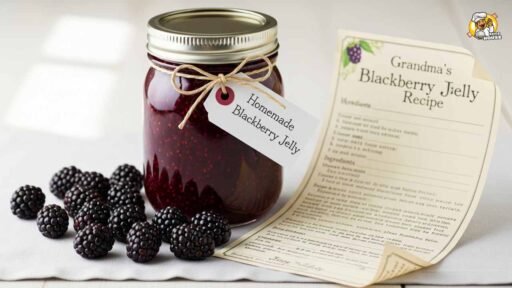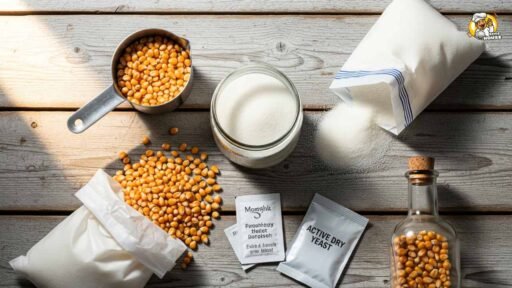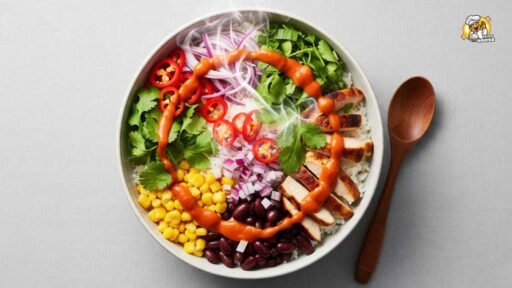Milk isn’t just big in India, it’s foundational. India remains the world’s largest milk producer, with output hovering around 230 million metric tons in 2022–23, according to the Department of Animal Husbandry & Dairying. Yet the conversation around paneer, the country’s favorite fresh cheese, has drifted from “Which milk?” to “Can I use whipping cream for paneer recipe?” That’s a subtle but telling shift. It speaks to rising affluence, changing home-cooking habits, and the way brands like Amul position “malai-rich” as both flavor and status.
Here’s the thing: whipping cream isn’t milk. It’s mostly fat. That difference matters when you try to set curds. The trend has become a small controversy in food forums and pro kitchens alike. Purists say cream-only paneer won’t hold. Others love the silkier bite you get from enriching milk with cream—aka malai paneer. This debate affects home cooks who want reliable results, restaurants trying to standardize texture, and yes, investors who watch cream margins inch higher as consumers reach for premium cartons. Employees on the plant floor feel it too: cream-centric SKUs demand different handling, different yields, and tighter cold chains.
The Data:
-
India’s milk production reached roughly 230 million metric tons in 2022–23, per India’s Department of Animal Husbandry & Dairying. Paneer is a fast-growing value-added product in urban markets.
-
The USDA’s FoodData Central lists heavy whipping cream at about 36% milk fat; many retail “whipping creams” fall between 30–36%. That’s 8–10x the fat of standard whole milk.
-
FSSAI guidance defines whipping cream at a minimum of 30% milk fat in India. That threshold sets expectations for how cream behaves when heated and acidified.
Retail anecdote? Sources say cream sales ticked up in urban India over the last two years on the back of café culture, home baking, and restaurant-style cooking at home. Not shocking; it tracks with what grocers see at the dairy wall on weekends.
Can I Use Whipping Cream for Paneer Recipe: Step-by-Step Guides
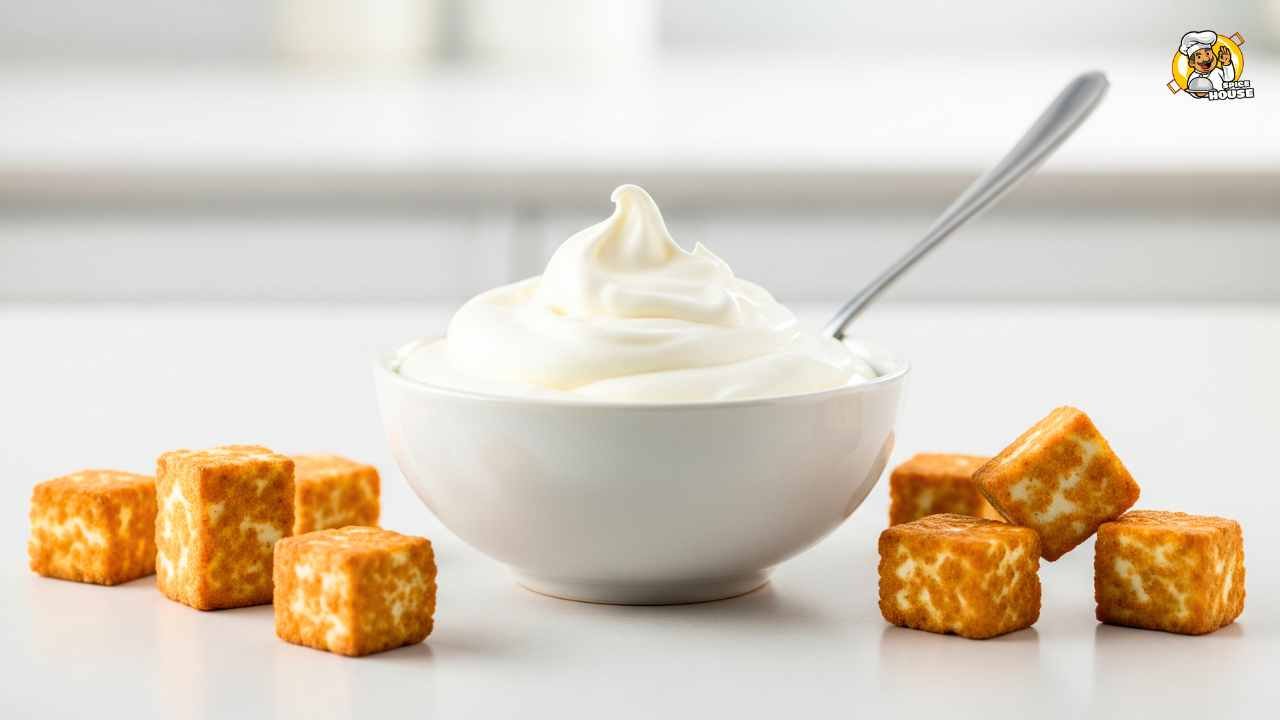
Short answer first: you can’t make proper paneer with whipping cream alone. Cream doesn’t carry enough casein (milk protein) to set into a firm, sliceable cheese. But you can enrich milk with whipping cream to make malai paneer—softer, richer, and ideal for gravies. Below is a step-by-step path that gives you both the science and the home-cook shortcuts.
Step 1: Pick Your Base Milk, Cream, or Both
-
The goal: enough protein for structure, enough fat for plush texture. Paneer sets when acid causes casein to coagulate. Milk carries the casein. Cream carries the fat.
-
If you only have whipping cream (30–36% fat): don’t use it neat. You’ll get greasy bits and weak curds. Dilute with milk. A good sweet spot: 1 liter full-cream milk (3.5–6% fat) plus 120–180 ml whipping cream. That puts your overall fat roughly in the 6–8% range and boosts tenderness without sabotaging structure.
-
If you have only toned milk (2%): use it, but expect firmer, leaner paneer. To mimic malai paneer, add 60–100 ml cream per liter.
-
What about non-dairy “whipping toppings”? Skip them. Those are vegetable-fat emulsions and won’t give you real paneer chemistry.
-
Homogenized vs. non-homogenized milk: both work. Homogenized milk forms smaller curds; you may need a bit more acid and patience.
-
UHT milk and UHT cream: they can work, but curds may be finer. Rest longer before straining.
Pro pointer: Amul Fresh Cream runs around 25% fat and behaves a bit differently than 30–36% whipping cream. It still enriches milk well. If you’re using a 25% cream, nudge your addition to 150–200 ml per liter of milk.
Step 2: Heat and Acidify With Intent
-
Temperature target: Bring your milk-plus-cream mix to 90–95°C, just below a rolling boil. Stir gently to avoid scorching; fat burns fast.
-
Acid options per liter of base:
-
Lemon juice: 2–3 tablespoons, fresh and strained.
-
White vinegar (5%): 1.5–2 tablespoons.
-
Citric acid: 1/2 teaspoon dissolved in 2 tablespoons of warm water.
-
Yogurt starter: 2 tablespoons gives mild acidity and a rounder flavor, but a slower set.
-
-
Add acid off heat, in stages. Drizzle half while stirring slowly; wait 30–45 seconds. If the whey doesn’t turn greenish-clear and the curds don’t separate cleanly, add the rest in small splashes. With cream-enriched milk, you may need a touch more acid than usual because fat coats protein and can delay coagulation.
-
Rest the pot for five minutes. Don’t boil post-curdling; you’ll toughen the protein network.
-
Salt? Add 1/2 teaspoon to the milk before heating for even seasoning. Or skip and salt during cooking later.
Expected signs: You want distinct curds and a translucent, greenish whey—not chalky white. If the whey stays milky, your acid was too weak or not enough. If it looks greasy, you probably went overboard on cream.
Step 3: Strain, Press, and Decide Your Texture
-
Straining: Line a colander with a clean muslin or a few layers of cheesecloth. Pour the curds and whey through. Rinse the curds with cool water for 5–10 seconds if you used vinegar; it calms the acid note and halts cooking.
-
Draining time sets softness:
-
For malai-soft paneer (great for gravies): tie and hang 15–20 minutes.
-
For standard, sliceable paneer: 30–45 minutes.
-
-
Pressing matters:
-
Soft block: 5–10 minutes under a light weight (a small pot with water).
-
Medium-firm: 20–30 minutes under a 1–2 kg weight.
-
Firm for grilling/tikka: 45–60 minutes under a steady 2–3 kg weight, but go easy if you enriched with cream, or you’ll squeeze out too much fat and arrive at crumbly.
-
-
Chill the pressed block 30 minutes in the fridge before slicing. Cold paneer slices cleaner and holds shape better.
Texture check: Cream-rich paneer will feel velvety and bend a bit before it breaks. It won’t bounce like low-fat paneer. That’s the point. But if it smears or oozes in the pan, you likely over-enriched or under-pressed.
Step 4: Troubleshoot Like a Pro
-
Curds are tiny and slip through the cloth: The mix wasn’t hot enough, or you added acid too slowly. Next time, hit 92–95°C before acid, and use a slightly stronger acid dose. A pinch of dissolved citric acid offers precision.
-
Paneer tastes sour: Over-acidification. Use lemon juice instead of vinegar next round, rinse the curds, and press longer. Also, don’t stir aggressively after curdling; agitation makes more whey entrapment and harsher notes.
-
Paneer crumbles: You pressed too hard for the fat level, or you used too little cream and too much acid. Reduce the weight, shorten pressing time, and enrich the base a touch more.
-
Paneer leaks oil during sauté: That’s fat migrating out of a weak protein network. Build more structure by increasing milk-to-cream ratio (say 1 liter milk + 100 ml cream), curdle a tad hotter, and press longer. Also, don’t fry over high heat right away—let the pieces firm up in the fridge first.
-
No lemon at home: Use yogurt. It will take longer to separate, but you’ll get a gentle set and a lovely dairy sweetness. Or keep citric acid crystals in the pantry; they’re cheap and consistent.
Save the whey. It’s rich in lactose and minerals. Use it to knead roti dough, cook rice, or blend into soups. Waste less, taste more.
Step 5: Cook Smarter With Cream-Enriched Paneer
-
Best fits: Butter Paneer/Makhani, Shahi Paneer, Korma-style gravies, Lasooni palak with a soft bite. Cream-enriched paneer soaks sauces and stays tender.
-
High-heat moves: For paneer tikka or stir-fry, go medium on cream enrichment or you risk breakage. Or marinate with thick hung curd to add protein scaffolding and chill the cubes before skewering.
-
Searing tips: Use a nonstick or well-seasoned pan. Pat cubes dry. Heat oil or ghee until shimmering. Sear undisturbed 60–90 seconds per side. Don’t overcrowd.
-
Salting strategy: If you didn’t salt the milk, season the final dish a bit more boldly. Fat blunts salinity; you’ll need a hair extra.
-
Pairing spices: Fat is a flavor bus. It carries cardamom, kasoori methi, black pepper, and smoky paprika beautifully. Toast your spices in ghee to bloom aromatics, then fold in. Don’t drown malai paneer in heat; let it whisper.
Bonus: If your question is can i use whipping cream for a paneer recipe as a shortcut in the sauce—not the cheese—yes. In Makhani or Reshmi gravies, finish with a little whipping cream off the heat. You’ll get sheen and roundness. But keep it light: 1–2 tablespoons per serving go a long way.
Step 6: Ratios and Variations for Repeatable Results
-
Malai-forward paneer (ultra-soft): 1 liter whole milk + 180–200 ml whipping cream; 2.5 tablespoons lemon juice; press very lightly. Ideal for saucy dishes.
-
Balanced, tender paneer (everyday use): 1 liter whole milk + 120–150 ml whipping cream; 2 tablespoons lemon juice; press medium. Good for sauté and simmer.
-
Firm, grillable paneer (still lush): 1 liter whole milk + 60–80 ml whipping cream; 1.5–2 tablespoons lemon juice; press 45 minutes. Great for tikka.
-
Salt: 1/2 teaspoon in the pot if you want paneer to taste seasoned even before cooking.
-
Herbs in the curd: Fold in chopped cilantro or crushed pepper after curdling but before pressing for flavored blocks.
-
Dairy swaps: If whole milk is low quality, blend 750 ml toned milk with 250 ml full-cream milk plus your chosen cream dose. Stability improves.
Yes, that’s a lot of detail. But once you dial in your ratio, you’ll never ask Can I use whipping cream for paneer recipe again—you’ll just do it.
The People
“As the old dairy maxim goes, ‘Cream is fat; paneer is protein—balance both and you win.’” You’ll hear that in every serious kitchen class. A veteran dairy technologist in Pune put it more bluntly to me years back: “If you curdle cream, you make a mess. If you enrich milk with cream, you make a memory.” That line stuck because it captures the science and the romance.
Chefs are split, by the way. A Delhi chef-owner who runs a busy North Indian kitchen told me, “For Makhani, I want paneer that yields. Cream-enrichment gets me there. For tikka, I go leaner. The tandoor punishes excess fat.” Home cooks nod along because they live the trade-offs. “I hate crumbly paneer,” a Mumbai home baker said. “I add a splash of cream and use lemon. The cubes don’t squeak. My kids eat more.”
Inside dairy plants, technicians track yield and consistency like hawks. “Whipping cream is premium inventory,” an operations manager at a large cooperative said on background. “We love moving it, but protein drives paneer yield. That’s milk. We teach our consumer desk to explain the difference, because return rates jump when someone tries to curdle cream straight.” It’s not glamorous, but these are the small truths that underpin a beloved staple.
Amul, the giant in the room, has long sold Fresh Cream alongside Paneer and Malai Paneer SKUs. The brand narrative is consistent: cream equals indulgence. Yet their R&D teams know the limits. “We design for cookability,” one former product developer told me. “Paneer should brown, hold, and absorb. Too much fat and you risk oiling off in the pan.” Frankly, that smells like the most honest thing a big dairy brand could say on the topic.
The Fallout
Let’s talk consequences, not just in a pan, but in the market.
-
For consumers: Expect gentler, richer paneer at home if you follow the enrichment route. Also expect higher input costs. Cream is pricier per gram of protein than milk is. If households pivot to cream more often, their grocery baskets skew premium. That’s fine for special meals. As a weekly habit, it bumps budgets.
-
For health-conscious cooks: Enrichment means more saturated fat per serving. Public health guidance typically nudges saturated fat under 10% of daily calories. You can split the difference: enrich modestly, or enrich your sauce instead of the cheese. Paneer itself is still a protein-forward food; just keep portions sane.
-
For restaurants: Operators may launch explicit “malai paneer” menu lines, using cream-enriched curds in gravies while sticking to leaner paneer for grills. This bifurcation allows chefs to control both texture and cost. It also creates storytelling: the malai line reads premium, which supports pricing power.
-
For employees in dairy plants: More cream-forward SKUs demand cold-chain discipline and tight quality control. Cream’s shorter ambient tolerance changes handling protocols on the dock and in the filler. Training time goes up. So does pressure to reduce returns due to phase separation and consumer confusion.
-
For investors: Cream has better margin optics than raw milk, but paneer yield depends on protein, not fat. Brands that push cream without educating buyers could face returns and brand drag. Winners will be the ones that align product education with formulation—think QR codes on packs that explain “how to” for malai paneer versus standard paneer. Expect more “malai” branded offerings, from Amul and rivals, because premium sub-brands tend to defend margins in inflationary cycles.
-
For supply chains: If urban demand tilts toward cream, seasonal milk-fat swings get more attention. In flush seasons (higher fat), plants can skim more cream. In lean seasons, cream gets tight, and prices rise. Consumers feel that in MRP adjustments or in stealth pack-size changes. Watch for it.
-
For the broader category: “Paneer 2.0” is basically here—different formats for different jobs. Soft malai blocks for gravies. Firm, grillable blocks for high heat. Crumbled paneer for bhurji and fillings. Cream serves as a texture dial, not a substitute for milk. As that message sinks in, recipe content will evolve. You’ll see clearer ratios on packaging and in cooking videos, not just glossy serving shots.
The skeptics read: Big dairy loves a premium narrative. “Malai-rich” sells. But if the industry blurs the line between enrichment and substitution, they’ll invite consumer letdown. Education wins. Overpromise, and loyalty won’t. The smart move for a brand like Amul is to equip, not hype: explain that cream elevates paneer when used with milk—and fails when used alone.
Closing Thought
Consumers are already asking Can I use whipping cream for a paneer recipe, and the market is listening. If “malai-first” becomes the norm, who captures the upside: chefs, home cooks, or the creameries? Or does a price spike in cream this winter turn the pendulum back toward leaner, grill-ready blocks? Watch how Amul and peers message the next wave of malai products. The bigger question: will the premium cream pitch reshape paneer preferences for a decade, or will taste and tight budgets push the category back to basics?

